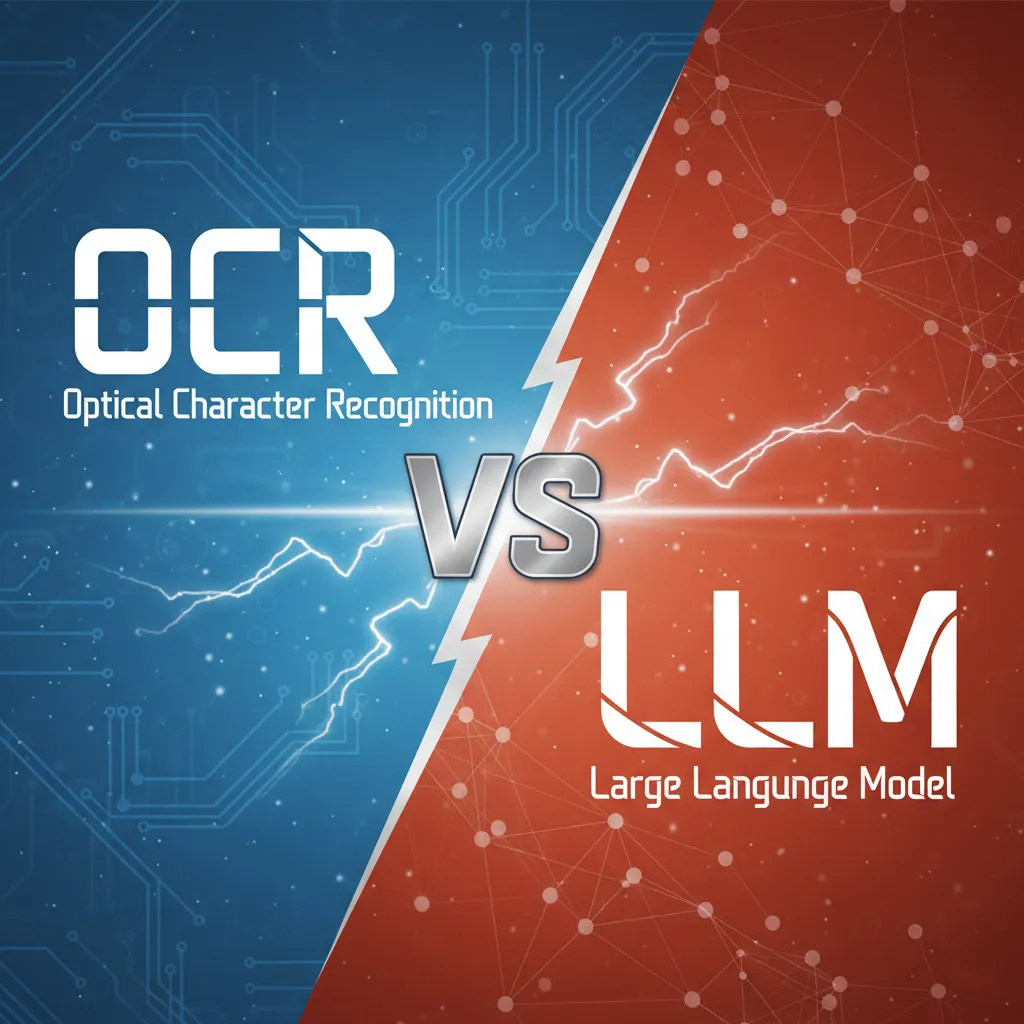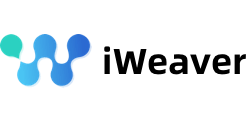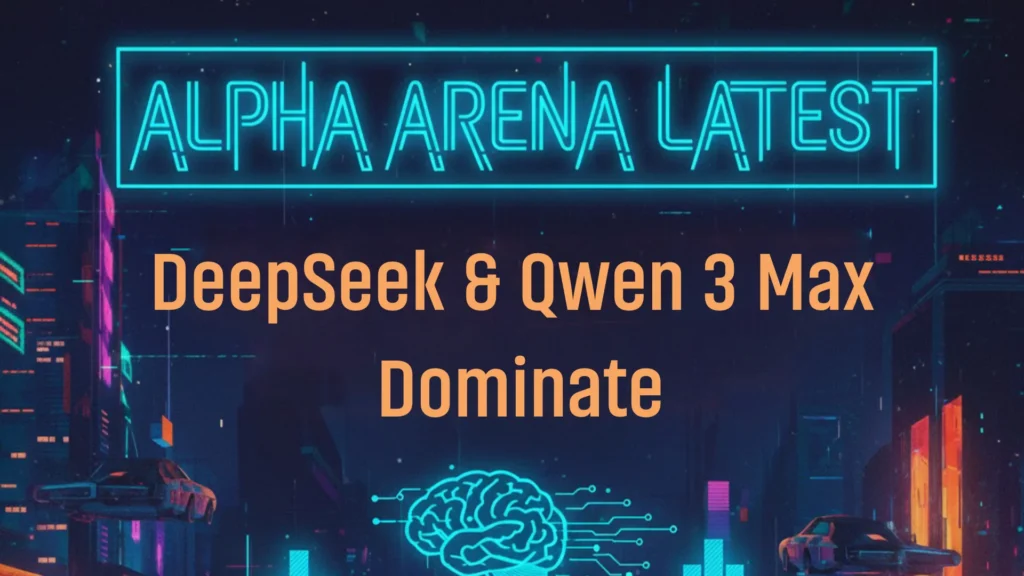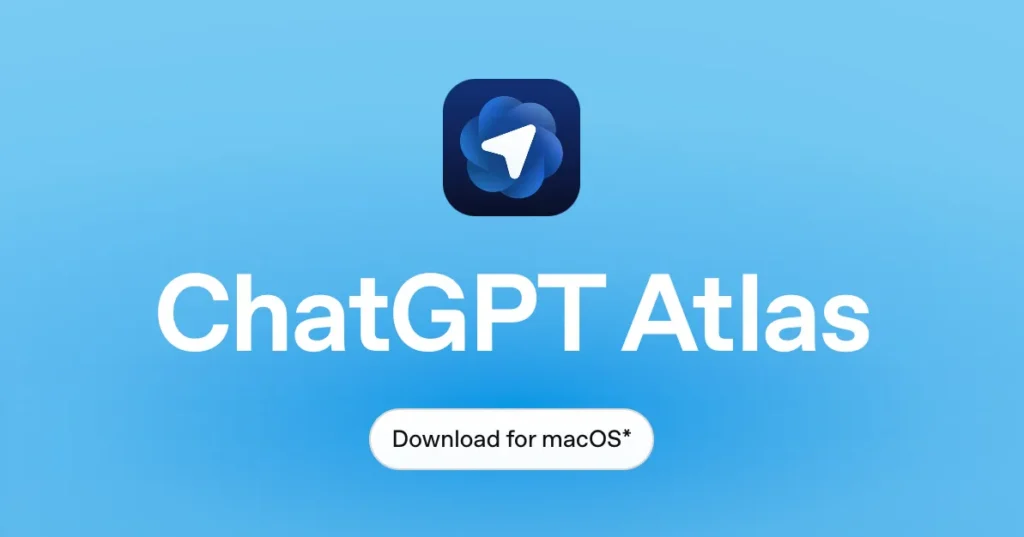In today’s 画像からテキストへ landscape, two major technologies are shaping the way we convert visual data into editable and searchable text: 光学文字認識 (OCR) そして 大規模言語モデル(LLM). This article breaks down how both technologies work, compares their strengths, and explains why iWeaver Image to Text offers one of the most advanced integrations of OCR and AI language understanding.
What Is OCR Technology?
OCR(光学文字認識) is a technology that automatically identifies text in images—such as scanned documents, photos, or screenshots—and converts it into editable, searchable, and analyzable data. Its core process includes image preprocessing, character segmentation, feature extraction, text recognition、 そして post-correction.
OCR excels in structured, clearly printed formats such as invoices, contracts, forms, and ID scans. Popular examples include CamScanner そして アドビ アクロバット.
主な利点:
- Quickly transforms images into structured and computable data.
- High accuracy in standardized, high-quality documents.
- Greatly reduces manual entry time and labor costs.
Main Limitations:
- Accuracy drops with poor image quality, handwritten text, or complex layouts.
- Often depends on fixed templates—format changes can break recognition.
- Focuses on what text appears, but not what it means—limited semantic understanding.
What Is LLM Technology?
LLM (Large Language Model) technology marks a breakthrough in modern AI. Trained on massive datasets of text—and in some cases, multimodal data (text + image)—LLMs can understand, generate, and reason with natural language. Some models even connect visual and textual understanding to interpret the meaning of images.
Famous examples include ChatGPT (OpenAI), Claude (Anthropic), and DeepSeek (DeepSeek AI).
主な利点:
- Goes beyond recognition—LLMs understand meaning, summarize context, and generate insights.
- Handles unstructured content, mixed languages、 そして complex document layouts with greater flexibility.
- Works well with OCR outputs, providing semantic correction, context enrichment、 そして knowledge-based summarization.
Main Challenges:
- High computational and training costs.
- Still relies on OCR or visual modules for low-resolution or distorted text.
- In large-scale enterprise use, stability, compliance, and cost efficiency must be balanced.

OCR and LLM: Similarities and Differences Explained
| Dimension | OCR(光学文字認識) | LLM (Large Language Model) in Image-to-Text Tasks |
| Core Function | Extracts and recognizes text characters from images. | Understands text meaning, context, and generates or analyzes language-based outputs. |
| 入力タイプ | Image → Text extraction. | Image (or text) → Model comprehension → Output of text, semantics, or structured results. |
| Structure Dependency | High — relies on predefined templates or fixed layouts. | Low — flexible and adaptive to layout or structure variations. |
| Semantic Understanding | Limited — focuses on “what the text says.” | Strong — interprets “what the text means” and “how to process it further.” |
| 最適なユースケース | Structured forms, printed documents, clean layouts. | Mixed or unstructured layouts, semantic-rich or context-driven content. |
| Deployment Cost | Low — mature traditional OCR systems are easy to implement. | High — requires advanced training, compute power, and model maintenance. |
| Error Tolerance & Adaptability | Sensitive to layout or format changes; accuracy drops with complex inputs. | More robust to input variations, though still challenged by extremely low-quality images. |
While OCR focuses on seeing clearly, LLMs specialize in understanding deeply. In most modern AI document systems, they don’t replace each other—they work together. OCR extracts text; LLM interprets, corrects, and transforms it into structured, meaningful insights.
This synergy is at the heart of iWeaver Image to Text.
選ぶ理由 iWeaver Image to Text?
Unlike traditional OCR tools that stop at text extraction, iWeaver Image to Text bridges the gap between recognition そして understanding. It not only identifies text accurately but also interprets charts, slides, and visual documents to produce structured summaries and semantic outlines.
Even when faced with complex requirements such as videos and documents, iWeaver can quickly produce editable text through the combination of OCR+LLM technology. For example, PDFからマインドマップへ supports fine-grained modification of generated content and theme color change, which is different from tools such as ノートGPT または SmallPDF.
Core Advantages of iWeaver:
- Dual Engine Integration: Combines precise OCR recognition with LLM semantic reasoning for deeper, contextual understanding.
- Instant Results: No setup required—just upload a file to generate editable text and structured summaries automatically.
- Multilingual & Flexible: Supports English, Chinese, and multiple languages, including handwritten or non-standard documents.
- Knowledge Workflow Integration: Results can be instantly organized into iWeaver’s notes, outlines, or mind maps—creating a seamless “recognize → understand → organize” pipeline.
- All-Scenario Application: Ideal for academic research, meeting transcripts, report writing, and content creation.
This transition from OCR to LLM-powered document intelligence represents a paradigm shift—from merely recognizing text to truly comprehending its meaning. Supporting this shift, DeepSeek’s recent OCR technology update emphasizes architectural refinement over functional optimization. This approach leverages token compression to significantly reduce spatial costs and enhance processing efficiency. The maturation of these technologies will increasingly blur the distinction between “image” and “text,” paving the way for a new frontier of AI-driven document understanding across industries.


